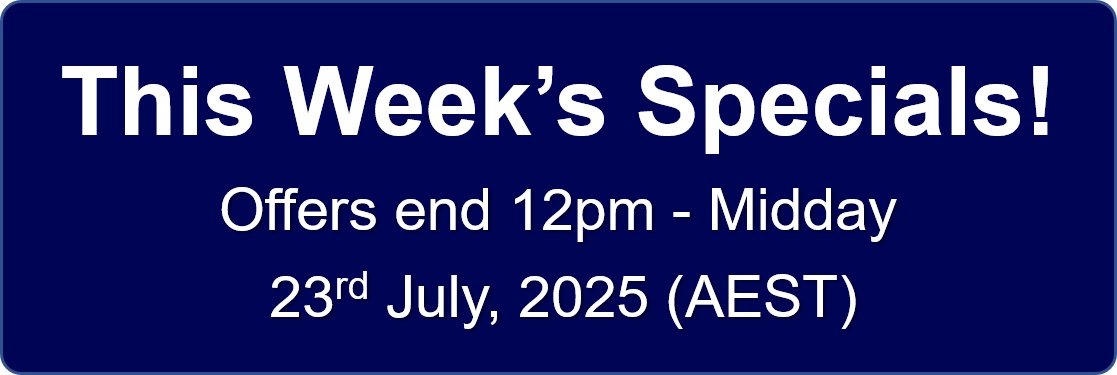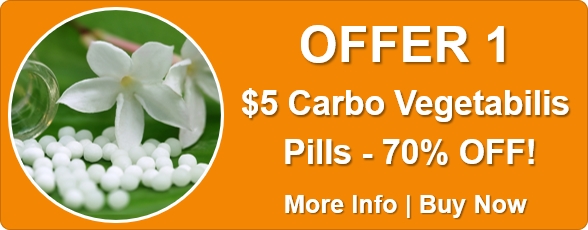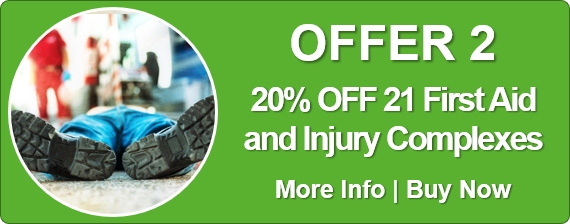Recommended Introductory Homeopathy Books

Want to know what we recommend as introductory books for participants in the Homeopathy in 30 Days course? Here’s the list.
Book recommendations vary according to the needs of the serious student and enthusiastic home-prescriber.
Modern texts may be too simplistic or verging on the speculative, written by people unfamiliar with the basics or nuances of homeopathy. Conversely, older books that have stood the test of time, written by past masters, often have dated English that is laborious to read.
But many of these older books are valuable repositories of original practices and provings (once proven, always proven) and form an unchanging database of important information that is still drawn upon, today. Modern texts have rarely replaced the value and diversity of this original information.
Maintaining a regular supply of worthwhile modern texts is also difficult. The homeopathy market is still small and publishers in Western countries often cannot justify reprints of good books. After one print-run they are lost to time. The limited size of the homeopathic market also means that modern texts are often expensive to buy.
Still, enthusiastic and passionate homeopathy students are not easily deterred so we’ve created a list of introductory books – some old, some new – that are still available for purchase and which provide solid information on homeopathy.
(Note: These texts are not required reading for those doing the Homeopathy in 30 Days course but do provide a good base for homeopathic home library. If you intend to complete the Deep-Dive section of the course, it is strongly recommended that you place an order for Kent’s Repertory of the Homeopathic Materia Medica, today, to allow time for delivery. While we will be referring to a complete online version of this repertory, having it in book form as well will be invaluable for your studies.)
Texts for ‘Explorers’
(Below is a suggested purchase and reading order for beginners. Some texts are also available in later editions as eBooks, exist online, or are packaged as part of digital repertory programs.)
- Desktop Guide to Keynotes and Confirmatory Symptoms by Roger Morrison, MD (1993): A modern text with condensed remedy symptoms drawn from older texts and clinical experience. Has good presentations of common mental-emotional states for each remedy.
- Achieving and Maintaining the Simillimum by Luc De Schepper MD (1995): An easy-to-read modern guide on homeopathic philosophy, prescribing, and case management. This book serves as a simplified guide for much of David Little’s more detailed Homoeopathic Compendium.
- Drug Pictures by Margaret Tyler MD (1940): Don’t be misled by the title as there’s not a picture in sight but the author does create memorable word pictures with her descriptions and experiences of homeopathic remedies. She includes keynote symptoms from provings and interesting observations from older homeopaths, Hahnemann onwards.
- Homeopathic Therapeutics by Samuel Lilienthal MD (1878): An extensive alphabetical list of various disorders and illnesses by diagnosis, and remedies that may suit each. Also contains a detailed explanation of pathological conditions and differential diagnoses. Useful as a memory prompt when repertorisation not possible.
Texts for ‘Deep-Divers’
(Below is a suggested purchase and reading order once the previous ‘explorer’ texts have been acquired. Some texts are also available in later editions as eBooks, exist online, or are packaged as part of digital repertory programs.)
- Organon of the Medical Art (5th & 6th Ed.) by Samuel Hahnemann (1843): The primary text of homeopathic philosophy and practice written by the founder of homeopathy. The final editions (the combined 5th Edition [translated by R.E. Dudgeon in 1893] and 6th edition [revised by Boericke in 1922]) is still published today and is required reading for students in homeopathic colleges around the world. A free online digital copy is available at: The Organon of the Medical Art. Today’s reader may find the lengthy sentences and and vernacular of the 1893/1922 translation difficult to understand but a recent translation, Organon of the Medical Art by Wenda Brewster O’Reilly (Editor) and Steven Decker (Translator) has edited and updated the text so that important concepts are more easily grasped.
- Homeopathic Dictionary & Holistic Health Reference by Jay Yasgur (1998): A useful reference for obsolete, archaic, or modern medical terminology that may be found throughout homeopathic literature. The book is easier to use than the eBook.
- Materia Medica by William Boericke MD (1901): A condensed and concise list of remedy symptoms from provings and clinical usage. Later editions include a repertory at the back of the book. The focus of this materia medica, unlike some modern materia medicas, is on physical symptoms and pathology more than mental-emotional symptoms
- Lectures on Homoeopathic Materia Medica by James Tyler Kent (1905): An anecdotal mix of proving symptoms, pathology, and clinical experiences for each remedy from an influential US master homeopath. Based on notes taken from lectures given by Kent.
- Kent’s Repertory of the Homeopathic Materia Medica by James Tyler Kent (1897): An index of symptoms and corresponding remedies. This repertory is still used in homeopathic colleges around the world, today, and is the foundation repertory of many modern and digital repertories.
- Synthesis Repertorium Homeopathicum Syntheticum 9.1 by Frederik Schroyens (2014): A modern repertory based on Kent’s repertory but with many additional symptoms and new remedies. While this updated repertory has many benefits over the older Kent’s repertory, a valid criticism has been that the additional information has diluted the keynotes of remedies leading to confusion for new students, especially.
- Homeopathic Medical Repertory (2010 Third Edition) by Robin Murphy: Like many modern repertories, this repertory attracts the same criticism of being bloated by minor and less important symptoms and and rubrics. It’s two main differences and benefits from other repertories is that it lists organ systems and their rubrics alphabetically so that it is faster to find them, and also lists clinical conditions and their possible remedies by diagnoses rather than just by symptoms.
- Materia Medica Pura by Samuel Hahnemann (1846): A six volume set (sometimes combined into two volumes) of the first provings conducted by Hahnemann on 61 different remedies still frequently used today. All symptoms are recorded in the words of the provers as they experienced them. Subsequent proving materia medicas are also available but this should be the first on a student’s list.
- Homoeopathic Compendium by David Little (Jnr & Snr) (2014): A six volume set that should be required reading for all serious students of homeopathy. It meticulously sifts through the early philosophy and practice of homeopathy and the implications that subsequent modifications and deviations hold for its practice in the 21st century. It is impossible to condense the amount of valuable information found withing this compendium. It is highly recommended.
Digital Repertories for ‘Deep-Divers’
Apart from the numerous book repertories, digital repertory are available as well. Most also come with materia medica packages at additional cost.
It is strongly advised to become familiar with the layout and use of a repertory book first so that you are then in a better position to effectively transfer that knowledge to a digital version. Missing this step can result in disappointment and confusion.
Examples of popular repertory programs are Complete Dynamics, RadarOpus, Firefly, and Zomeo.
They vary in price and add-on bundles, and some offer a free trial or rental option.
Homeopathy in 30 Days Course
Are you new to homeopathy and wanting to learn as much as you can about it? Or perhaps you are a home-prescriber who wants to use homeopathy at a deeper level? Our Homeopathy in 30 Days course can help. It also runs multiple times a year.(((( More information.)))) link goes to March 2021 course








